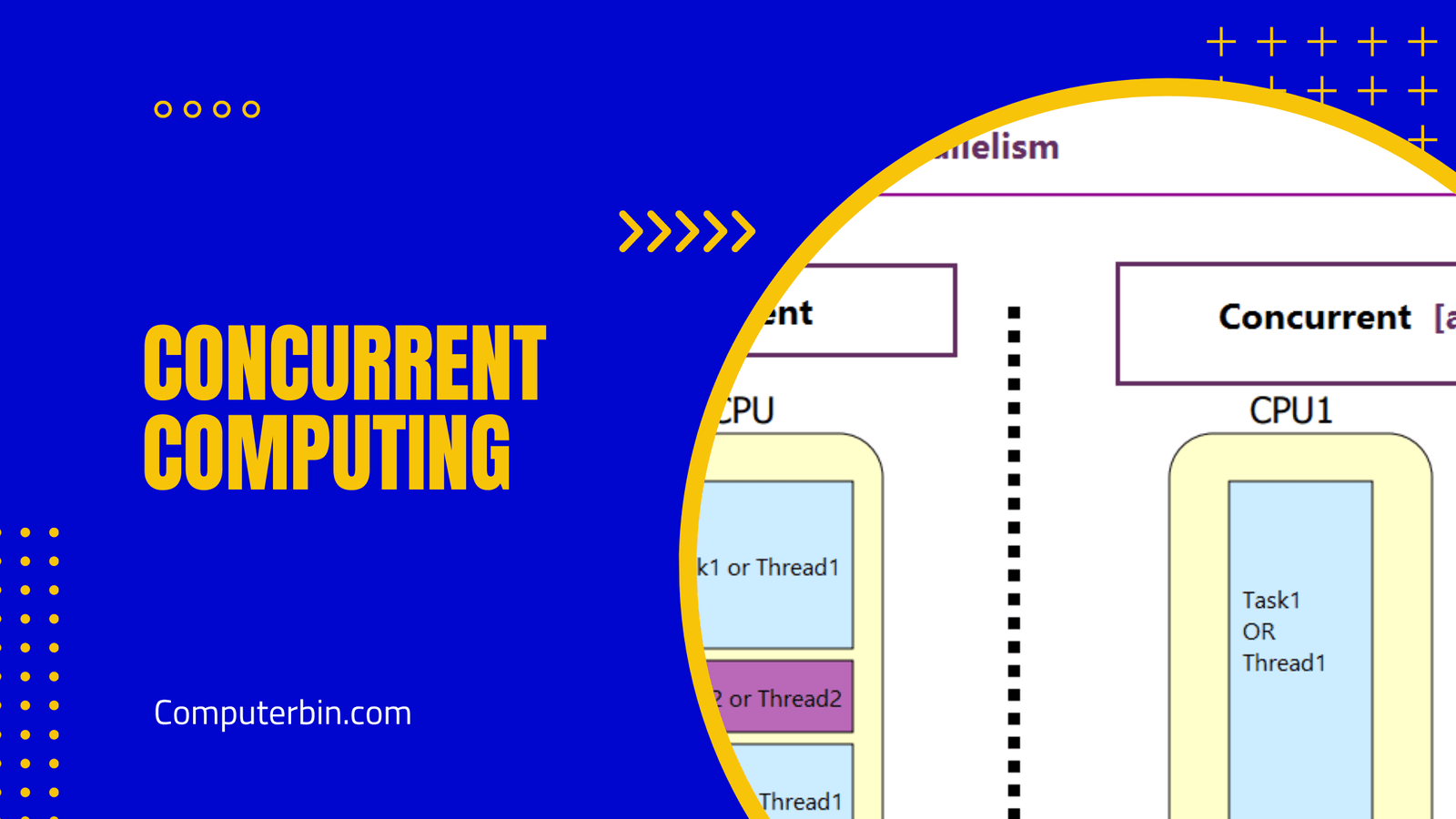Advanced Transfer Cache (ATC) is a feature found in some computer processors that is designed to enhance the performance of the processor by increasing efficiency during data transfer processes.
The ATC (Accelerated Transfer Cache) is a dedicated cache memory situated between the processor and system memory, acting as a buffer for data being transferred between them. When accessing data from the system memory, the processor first checks to see if it has already been stored in the ATC; if so, then they can quickly access it directly from there – much quicker than from traditional methods of retrieving information from RAM.
The ATC is designed to enhance the performance of the processor by decreasing how often it must access system memory. Accessing system memory is much slower than accessing the ATC, so by decreasing these calls to system memory, the ATC can significantly enhance overall processor efficiency.
In addition to increasing the performance of a processor, an ATC can also optimize data transfer efficiency by reducing the amount of data transferred between it and system memory. This is because ATCs store large amounts of frequently accessed information in RAM, thus eliminating this need for transfers between processors.
Overall, the ATC is an advantageous feature that can significantly boost computer processor performance and efficiency. It’s especially helpful for applications requiring rapid data access and high levels of data transfer, like video editing or gaming – tasks which demand lots of resources.





